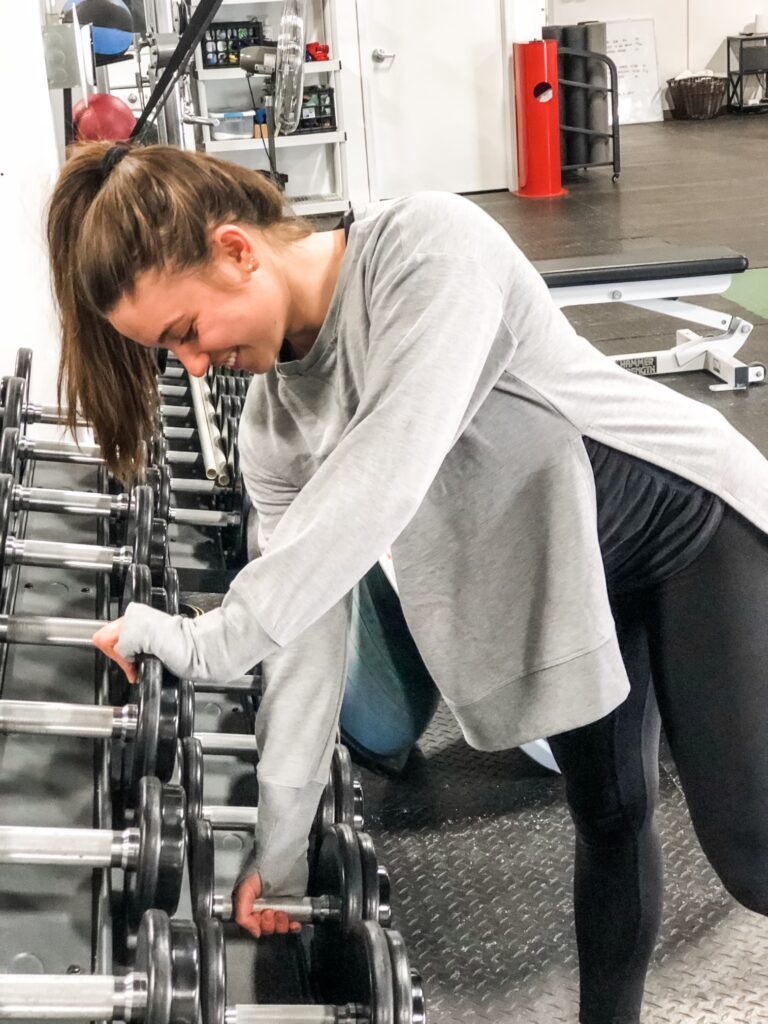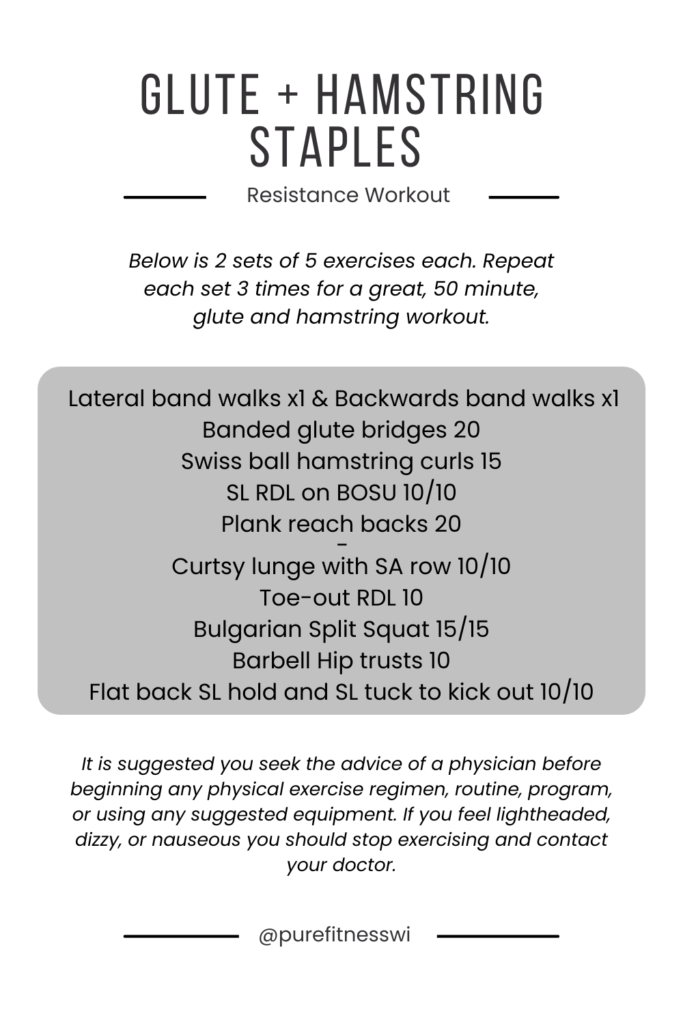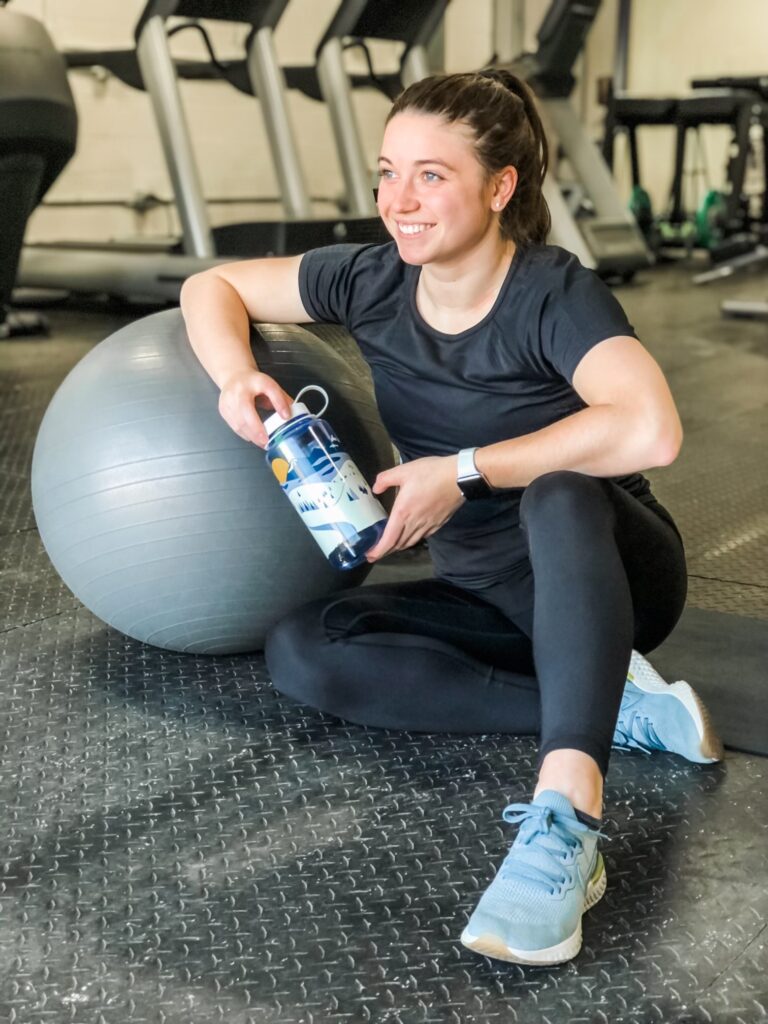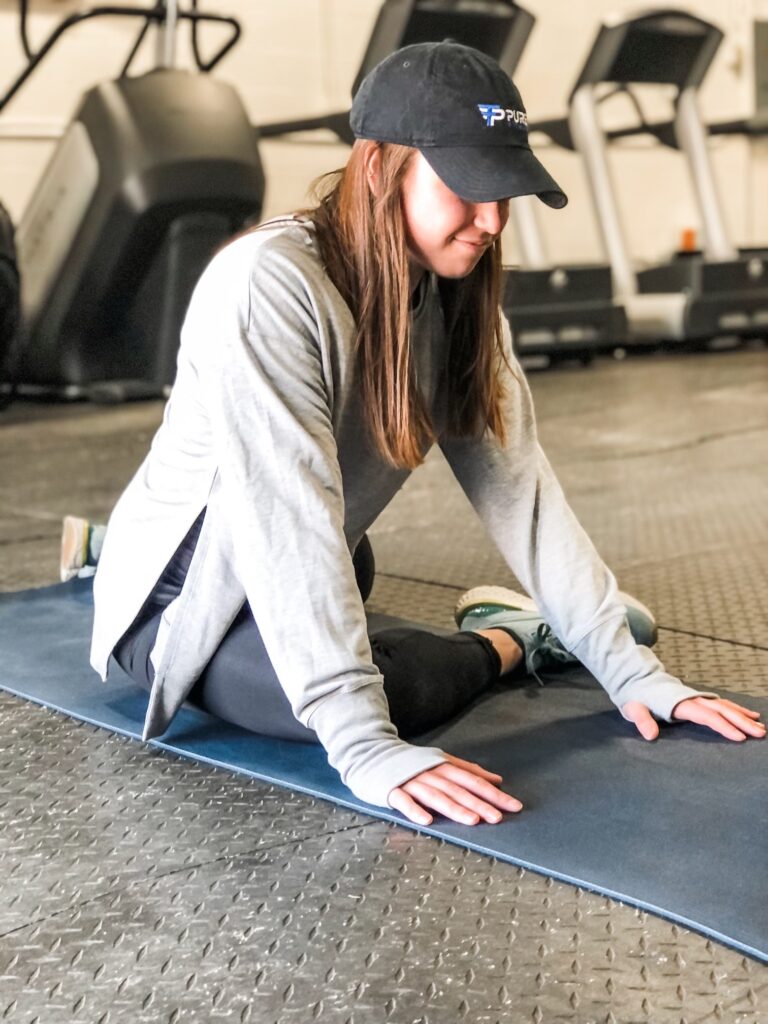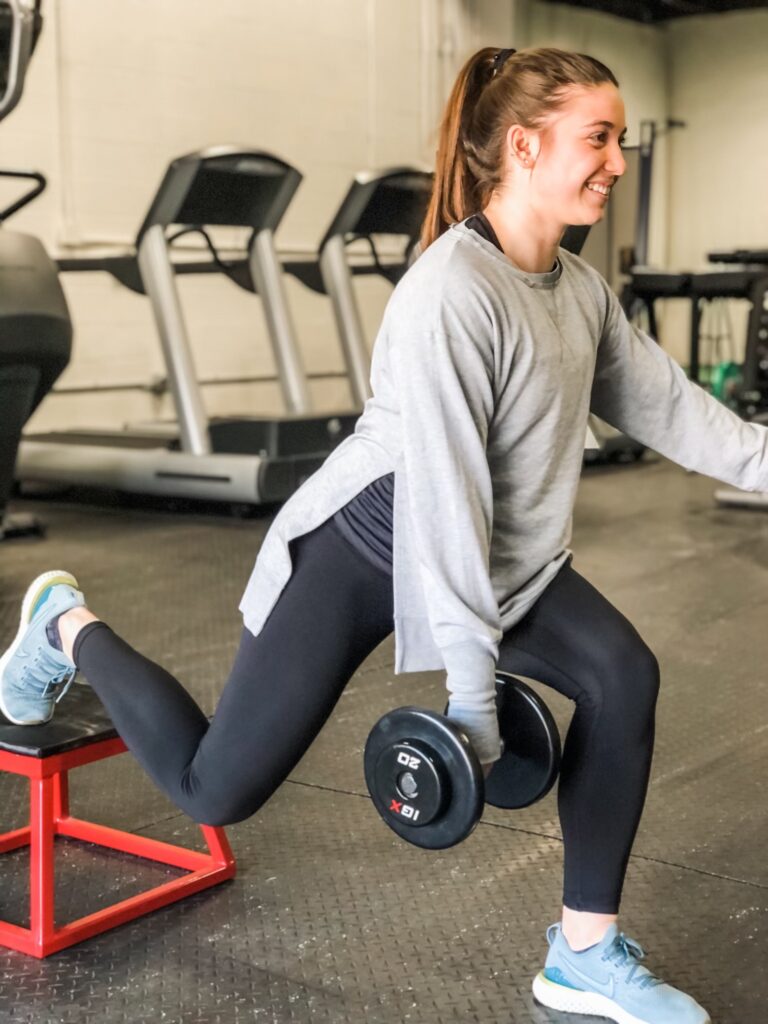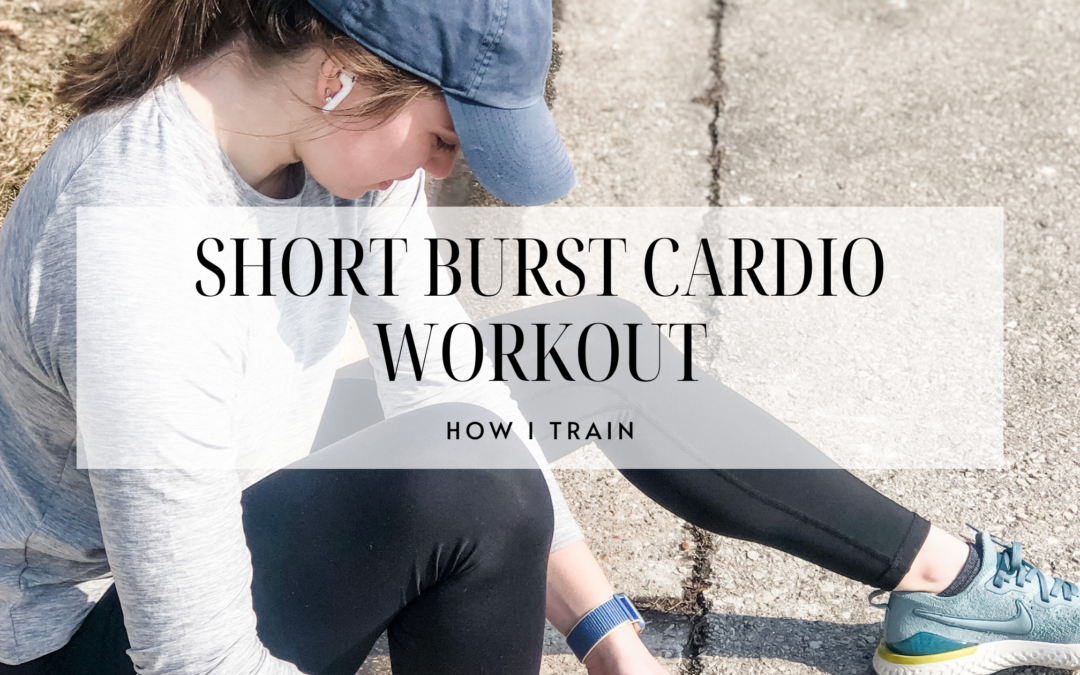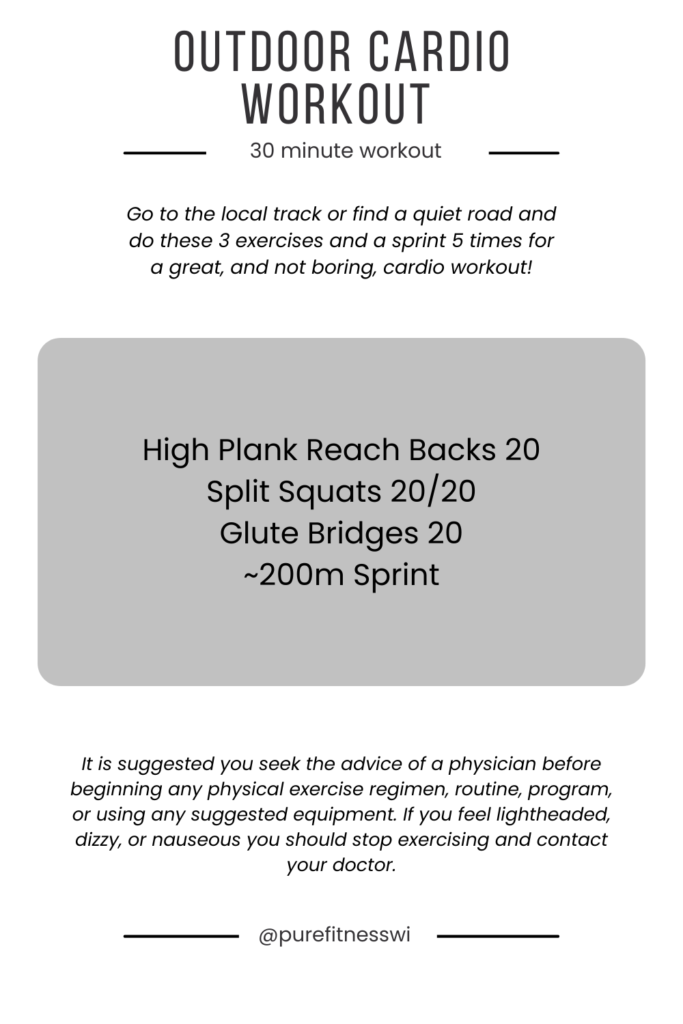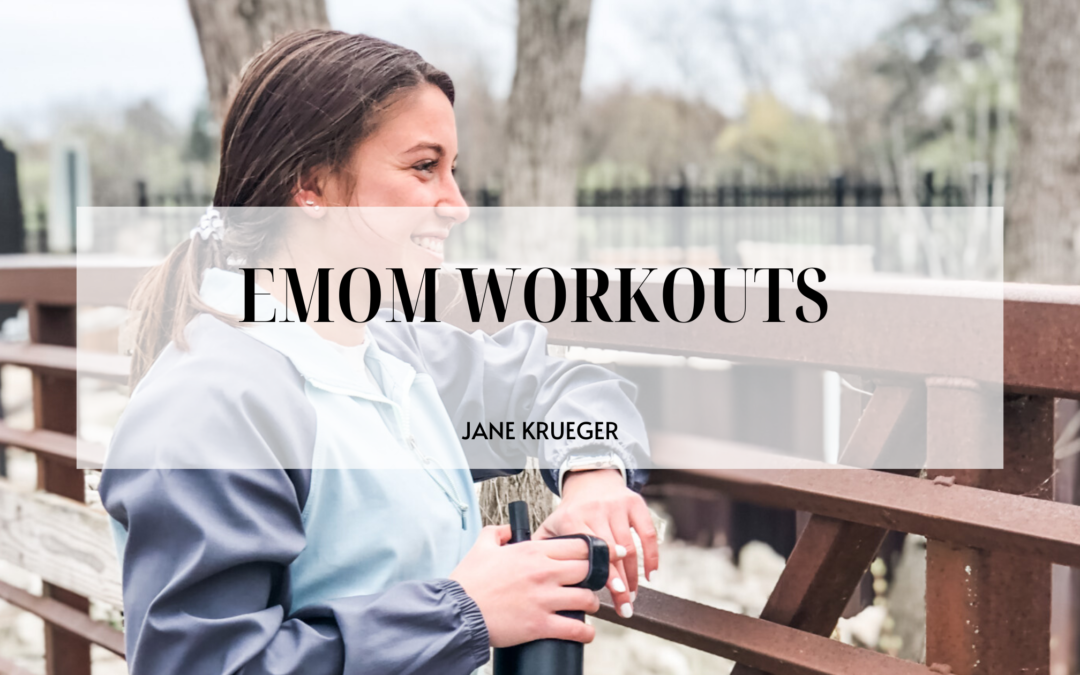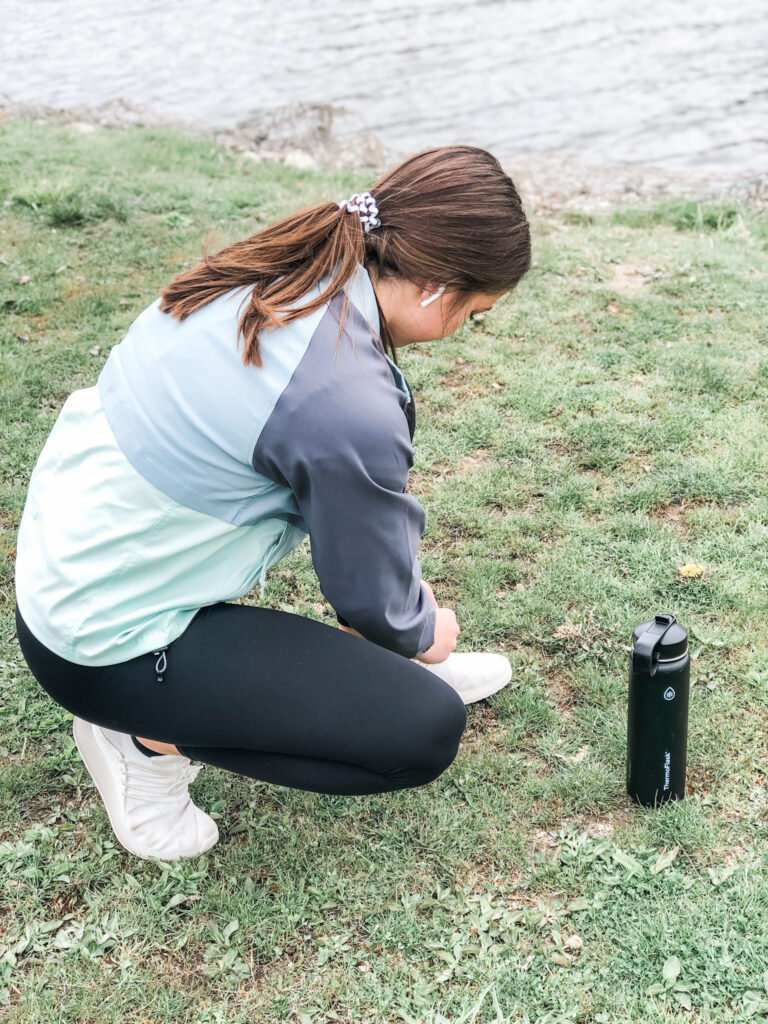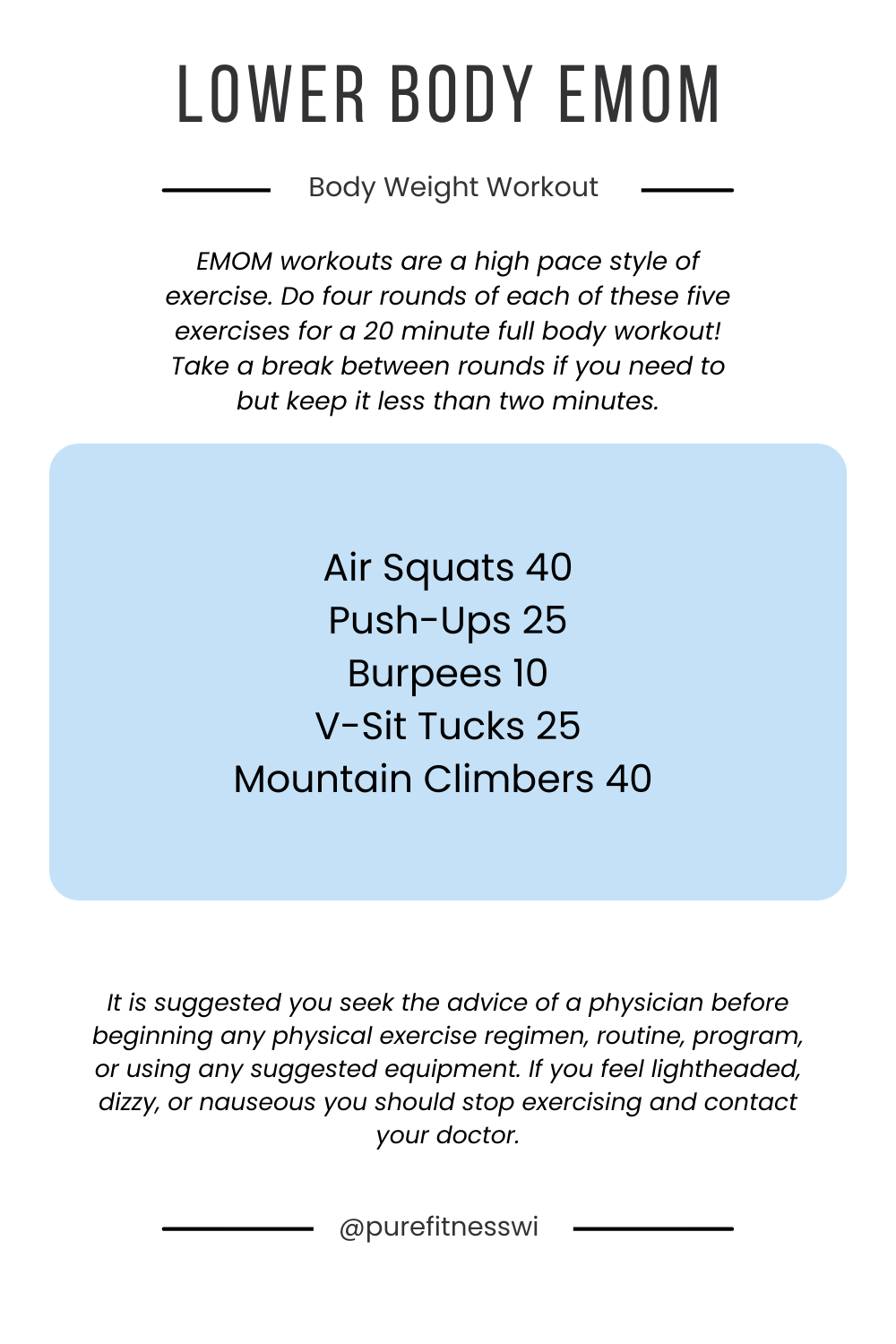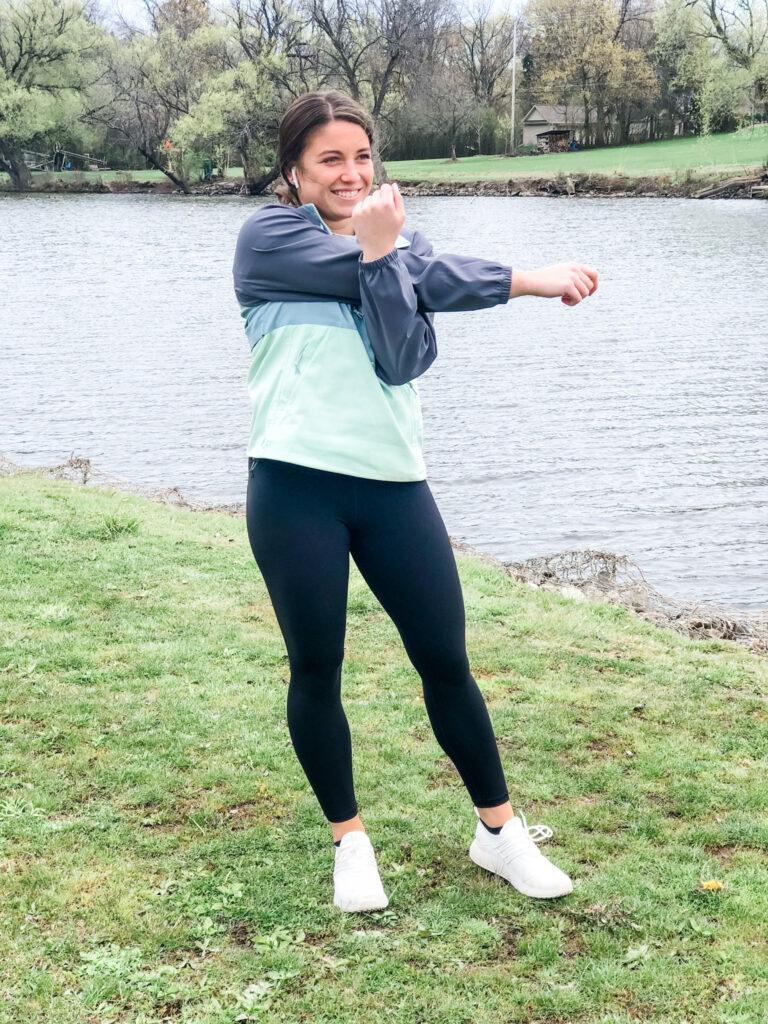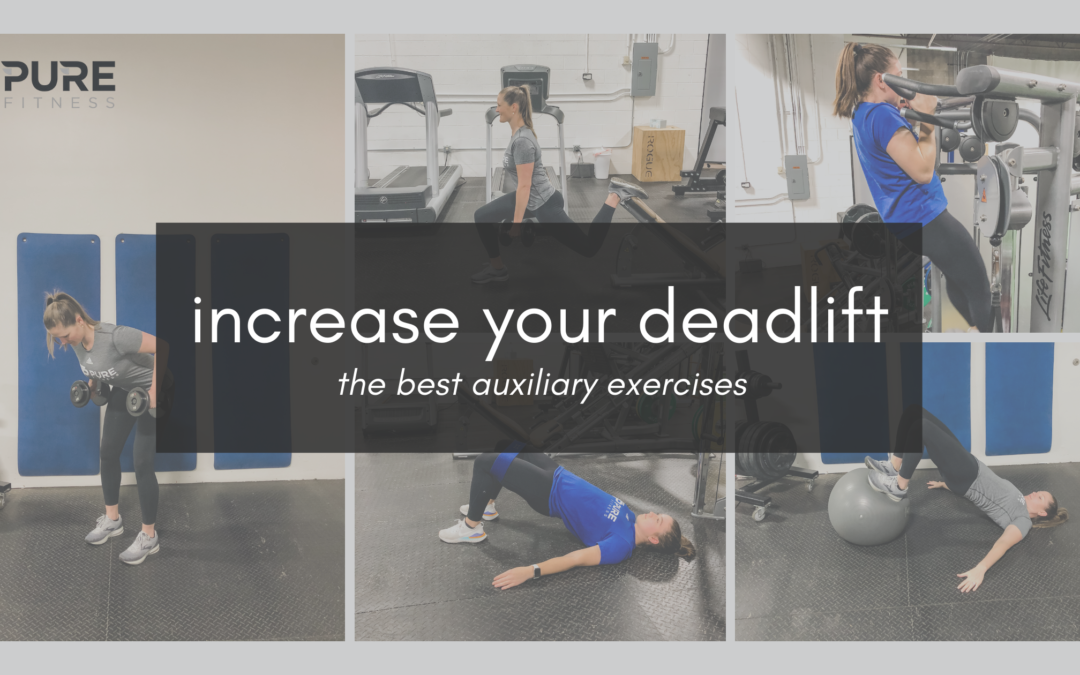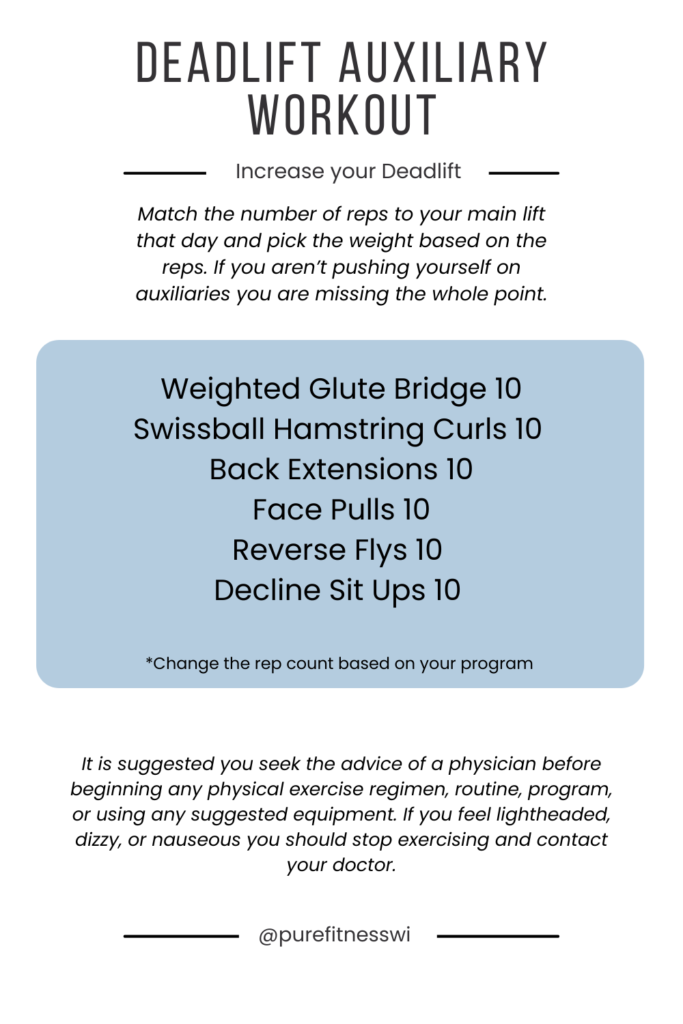As the heartbeat of the fitness world, personal trainers hold a unique power - the power to transform lives, ignite passion, and inspire lasting change. Now, imagine channeling that incredible force into something even more extraordinary - your own fitness business....
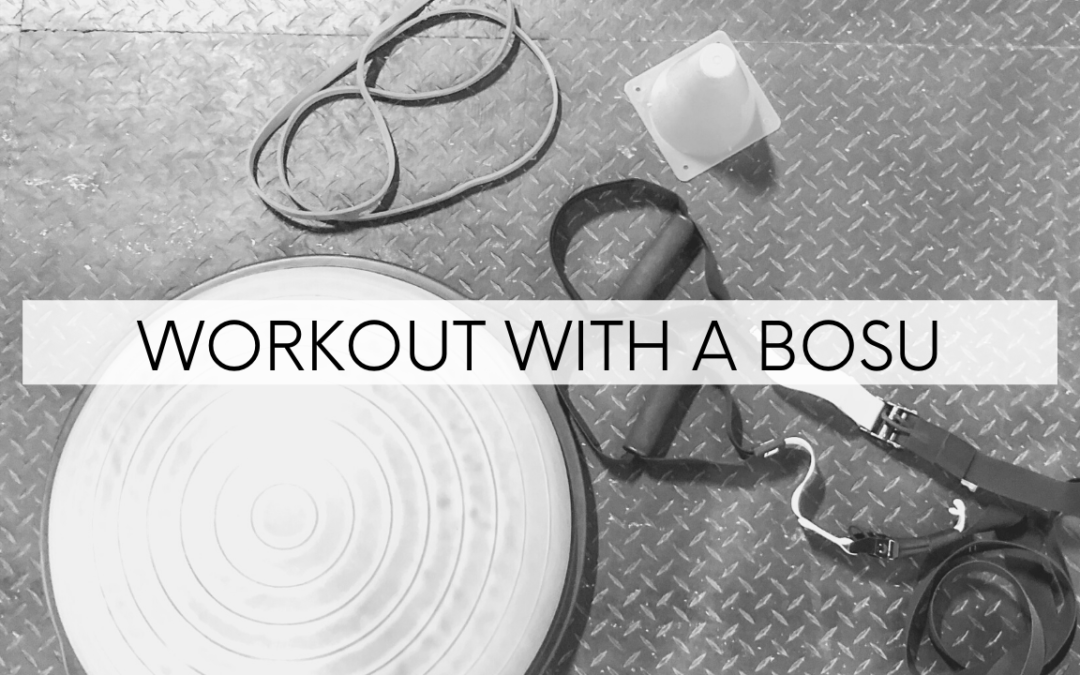
How To Use a BOSU and Swiss Ball
I am going to break down how to use a BOSU ball and a Swiss ball. As a bonus I am going to include a look at how you can use SKLZ sliders, a TRX, and a medicine ball with the BOSU ball.
TABLE OF CONTENTS
You can probably seamlessly starting incorporating the BOSU Ball in the routines you are already doing. It is a great way to provide a new stimulation to old exercises. Keep reading as we discuss the function of a BOSU Ball and what you are getting out of your workouts by adding it in.
REASONS TO DO BOSU BALL WORKOUTS
There has to be a reason why you would want to use a BOSU Ball. For those of you that have used it, you are probably thinking “because it makes it harder!” and you would be right. But let’s take a moment to understand why it makes it harder and what you are actually getting out of using the BOSU ball.
BALANCE AND STABILITY
The BOSU Ball challenges your balance and stability because of its half circle shape. The instability increases the demand on your muscles which can stimulate physiological changes and cause muscle fatigue. In addition, when your balance is being challenged your core will turn on. Because your core is the center of balance for your body.
When you take common exercises like a squat or a push-up and do them on a BOSU Ball the demand on the body immediately changes. You will notice physiological responses like shaking and a faster onset of fatigue as your body tries to figure out how to balance on an unstable surface.
CORE STIMULATION
Whenever the conversation turns towards balance the core has to be considered. Core strength and stability are the key to having good balance. Think that through and you will understand that the BOSU Ball is training your core no matter what exercise you are doing on it. Just remember to keep proper core bracing while performing your repetitions!
I bet you are wondering what about doing core specific exercises with the BOSU Ball. Of course you should do that. Doing a plank on a BOSU Ball is going to have a greater demand on your core stability AND your shoulder stability. Given how susceptible our shoulders can be to instability due to, in part, the large range of motion available at the shoulder, training them for stability is a must in any program design.
ADVANCE YOUR EXERCISES
You can add a BOSU Ball into a ton of different exercises to challenge your body in a different way. A common exercise, like a mountain climber, done with either your upper body or lower body on the BOSU Ball will require an increase in your core stability. This WILL make the exercise feel harder.
Lower body exercises like squats, lunges and RDLs also become more challenging because of instability. We won’t dive into it here, but the BOSU Ball provides you with a way to train the lower body in an open chain capacity. Something that can be helpful in injury rehabilitation and that should be present in a well rounded program.
MY FAVORITE EXERCISES TO USE A BOSU BALL FOR
- Push-Up Variations
- SL RDL, Curl + Press
- Plank Variations
- Lunge Patterns
TIPS FOR DOING A BOSU BALL WORKOUTS
- Step on directly in the middle of the BOSU Ball. Try to put the middle of your arch in the center of the BOSU Ball. This will be different if you are using the BOSU Ball with a cable, where you want to offset your foot back to allow for better balance and weight distribution.
- Make sure your weight is mid-foot to heel. This helps to engage our glutes and hamstrings.
- Don’t completely straighten your knees when you are standing on the BOSU Ball. This allows your muscles to activate and help with balance.
- If it’s your first time using a BOSU Ball, take a second to just step on and let your muscles get used to the unstable ground and stay close to a wall or something you can use to help your balance as you get comfortable. Your muscles will feel very shaky, but that is their way of trying to figure out what is going on. Your muscles are rapidly firing to recruit enough fibers to meet the stability demand.
- Your muscles are going to have to adjust to the BOSU Ball. When working your lower body start by standing on the BOSU with two feet. Then progress to a single leg balance on the BOSU. After you are comfortable there you can add dynamic movements.
- When you step off the ball, whether its because you are done with your reps or losing your balance, step completely off the BOSU Ball. Don’t try to catch yourself by shifting your feet or putting your other foot on the BOSU Ball. That will just cause you to lose your balance even more and possibly end in an injury.
- If your hands are on the BOSU and you are in a high plank position, make sure your shoulders are right above your hands. The BOSU Ball decreases the stability at the shoulder joint in that position, and you do not what to put unnecessary pressure on your shoulder by being too far forward or backwards.
Everyone knows what a Swiss Ball is. But you might not know it by that name. You might call it a yoga ball, a stability ball, a physio ball, a balance ball, or even a birth ball. It has many names because it can be used for so many different things. Expecting mothers use the Swiss Ball to induce labor and manage pain. It is also just as common to be seen at a desk replacing a traditional chair. But we use it every day in the gym.
REASONS TO DO SWISS BALL WORKOUTS
We use the Swiss Ball because of the numerous benefits and the ability to incorporate it with almost every exercise. Take a squat, add in a Swiss Ball, and it adds a proprioception aspect which allows the individual to be more conscious of their torso. Helping them to make sure their torso is up right, chest is up, shoulders are back and their core engaged. It teaches the client correct form so when the Swiss Ball is removed from the exercise the body knows how to properly load the muscles.
The Swiss Ball can also add instability in an exercise to make it more difficult. Everyone knows what an elbow plank or a glute bridge is right? They are pretty simple exercises. But add in a Swiss Ball and it takes the exercise up a notch. The instability created by the Swiss Ball requires small muscles to fire to help execute a traditional exercise. So an elbow plank becomes harder as a whole and your core will really feel the burn.
The Swiss Ball is also great to use as a light resistance, especially in core exercises. A Swiss Ball pass over is a great example of this, take a look at the pictures below. With your limbs acting as the levers you only need a light weight to make the exercise challenging.
TIPS FOR DOING A SWISS BALL WORKOUT
- Don’t over inflate the Swiss Ball. There is a little leeway around how inflated your Swiss Ball should be. Really it comes down to your preference. But when first inflating your Swiss Ball it may be helpful to remember the size of your Swiss Ball, either 45, 55, 65, or 75 centimeters and blowing it up to that specific size. Also don’t store your Swiss Ball somewhere too cold. Air expands when warm and contracts when cool so you will have to re-inflate your Swiss Ball if it gets to cold.
- When using the Swiss Ball against the wall in a squat or lunge position, the Swiss Ball should be positioned somewhere between the middle of your back and low back. If the Swiss Ball is to high it is likely your torso will curve forward, if the Swiss Ball is too low, you won’t be able to drive your hips back properly.
- The Swiss Ball can make an exercises you can perform well a lot more difficult. Be responsible when progressing to a Swiss Ball. Progressing too fast can increase chance of injury. If you are progressing to an elbow plank on the Swiss Ball, start by putting the Swiss Ball up against the wall. This will allow for some instability but not as much which allows you to make sure you can preform the plank with good form before moving forward. When you are ready, take the Swiss Ball off the wall and see how you do.
- Check for sharp objects around you when using a Swiss Ball. We don’t want you to be using the Swiss Ball to support yourself and then it complexly fall out from underneath you! Or for you to fall off the Swiss Ball!
WHAT ARE SKLZ SLIDERS?
The SKLZ sliders are a great way to spice up your workout! They are great for a quick, low impact, full body workout where ever you go. And they are small and light weight making them a great travel companion.
Essentially they are a flat object that allows smooth movement across a variety of surfaces. SKLZ is a brand of fitness equipments, who make a slider product. There are numerous other brands on the market and you could even use a towel on hardwood surface or a tupperwear lid on carpeting.
The SKLZ Sliders can be used to decrease the stability at your joint, forcing the muscle around that joint, and your core to engage and do the work. Or the SKLZ Sliders can be used to enhance cardiovascular possibilities of a workout by increasing speed because they can easily slide across most surfaces. They are another great piece to include in your home gym or take with to the gym.
SKLZ + HIIT WORKOUTS
I love to use the SKLZ sliders for high speed and low impact cardio workouts! This makes them perfect to include in HIIT workouts, or high intensity interval training. HIIT workouts are a recent top fitness trend, but most people don’t understand what a HIIT workout really is.
The goal of a HIIT workout is to maximize a person’s aerobic capacity without sacrificing form. HIIT workouts alternate between working sets and recovery periods. They are great because they can be modified to meet anyones fitness level and you still get a great workout, in a short period of time.
Using the SKLZ Sliders with a BOSU is a challenging combination that promises to leave you exhausted in a HIIT workout. Here are a few of my favorite exercises:
- Mountain Climber Variations
- Push-up + Plank Complexes
- Lunge Patterns that use the BOSU as resistance
WHAT IS THE TRX?
The TRX Is a form of suspension training that uses body weight exercises to develop strength, balance, flexibility and core stability. This means that very little equipment is needed to get a great workout and a TRX is very easy to set up. Your TRX can hang off of anything that will hold your weight and not pull over. There are even TRX door anchors that are super helpful if you live in an apartment or don’t wht to do anything permanent. Read more about training with a TRX here.
By combining the BOSU and TRX, you are almost always going to get a great full body workout no matter what you do. If you are doing side to side squat jumps on the BOSU, you are working on lower body plyometrics and aerobic capacity. At the same time you are getting slight upper body activation by pulling yourself out of the hole with the TRX. Or if you are doing a pushup on the BOSU with your feet in the TRX you are working posterior shoulder, biceps and triceps. But your core also needs to stabilize your body to keep your back flat and minimize excess movement.
WORKING OUT WITH A TRX AND A BOSU
I love to talk about balance and stability. It is often under appreciated or overlooked in typical programming. This is one of the reasons I love the BOSU. It will challenge your balance and stability helping you to create a stronger body.
Balance is easy to challenge using the TRX. You can do upper body movements holding on to the TRX handles on a single leg instead of both legs. For example, do single leg inverted rows or do a single leg assisted squat. You can take that a step further and stand on a BOSU ball.
You can also use the TRX on your lower body to create instability. For example, a push-up with your feet in the TRX. Or a Bulgarian split squat with rotation with the elevated foot in the TRX. And again you can advance these exercises by incorporating a BOSU ball.
Between the BOSU Ball and the TRX you are getting a ton of core stimulation. The instability from the BOSU Ball requires full body tension, but most importantly core tension. Your core is just as important in TRX exercises. In a TRX chest press, you need to keep your core engaged to hold the plank position. If you do not engage your core your back will arch causing low back pain and making the chest press more difficult.
Here are a few of my favorite exercises using a TRX and a BOSU ball:
- Push-up Variations
- Side Squat Jumps
- Plank Variations
WHAT IS A MEDICINE BALL?
Medicine balls come in a variety of materials and weight. Some are made to be cushioned and soft, others more reactive and even others compact. When shopping for a medicine ball, take into consideration the weight . I pretty much use a 10 pound med ball for everything. Adjusting the sets and reps to make the exercise easier or more difficult.
Goals and fitness level play a big part in determining the proper weight. I regularly use 6 pound and 15 pound medicine balls with my clients. If you only want one medicine ball at home get one that is between 6-10 pounds. If you have the space, get a vertical rack and fill it up!
There are a few different types of medicine balls. When purchasing a medicine ball be conscious that some are made to bounce back when you do a med ball slam, we will call them hard shell. And others are made to stay on the ground, we will call these soft shell med balls. But that doesn’t mean that you can’t do slams with both kinds. As long as they are well made you can still throw both.
WORKING OUT WITH A MEDICINE BALL AND BOSU BALL
Medicine balls are really great because they can be used for so many different things. From a programming perspective they are great for training stability and power. Balance drills can become more advanced by adding a medicine ball.
For example a single arm shoulder press with a medicine ball will require more stability than with a dumbbell. Or you can hold a medicine ball between your knees to activate your adductors. You can also throw the med ball at the wall or ground to make an upper body plyometric drill.
And remember to use proper form when picking up the med ball form the ground. Core engaged, butt down, back flat. Not using proper form when picking up a medicine ball has to be the most common mistake I see.
Here are a few of my favorite exercises using a medicine ball and BOSU ball:
- BOSU Side Squat to Single Arm Press
- BOSU Glute Bridge with Medicine Ball Hold
- BOSU Reverse Lunge with Rotation
WORKOUTS
There are many workouts for you to download and save. Scroll through them all to find which ones you want to try.
EQUIPMENT
These are affiliate links. While there is no cost to you when you order through them, I do make a commission. Your support, by ordering through them, is greatly appreciated!
You can find many of these pieces of equipment all over the place. But if you want to support Pure Fitness you can order through the links below on Amazon.
Now for some items you will want to use with your TRX. A high quality exercise mat. My favorite brand is Manduka because it has lasted years, I don’t slip and it is easy to clean. I linked the one I use here.
If you have a space dedicated to a home gym I would get the TRX wall anchor. This way you don’t have to worry about moving your TRX in and out of a doorway every time you want to start and end your workout.
3 Reasons a Personal Trainer Thrives as Fitness Entrepreneur
Fit Finds: The Ultimate 2023 Fitness Gift Guide
Welcome to the world of fitness and wellness gifting! As we gear up for 2023, it's time to start setting goals and looking for resources to help us succeed. Whether you're a fitness fanatic or seeking the perfect gift for one, our Ultimate 2023 Fitness Gift Guide is...
The Power of Social Proof In Personal Training
In the world of personal training, where trust and credibility play pivotal roles, the concept of social proof functions as an authentic way to connect with your audience. Social proof, the influence created when individuals see others engaging in a particular...


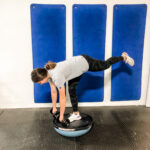
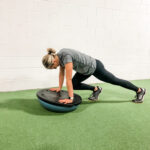
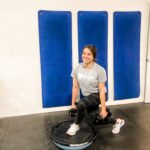
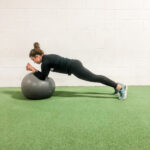
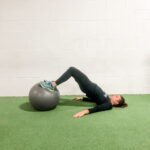
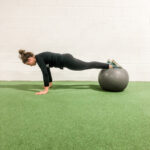
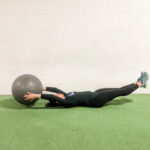
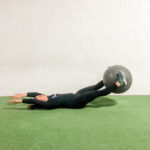
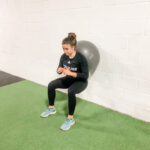
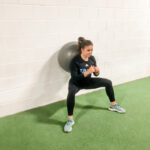
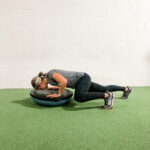
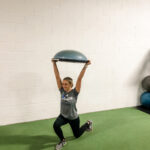
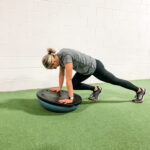
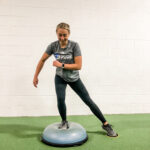
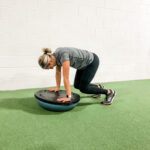
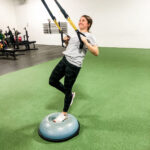
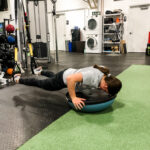
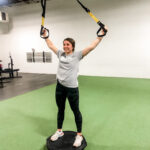
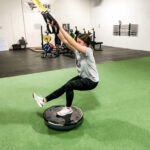
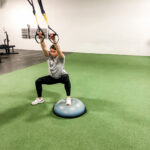
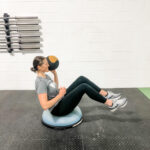
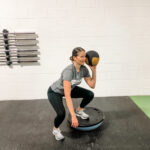
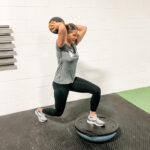
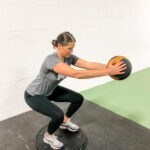
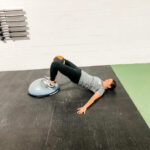

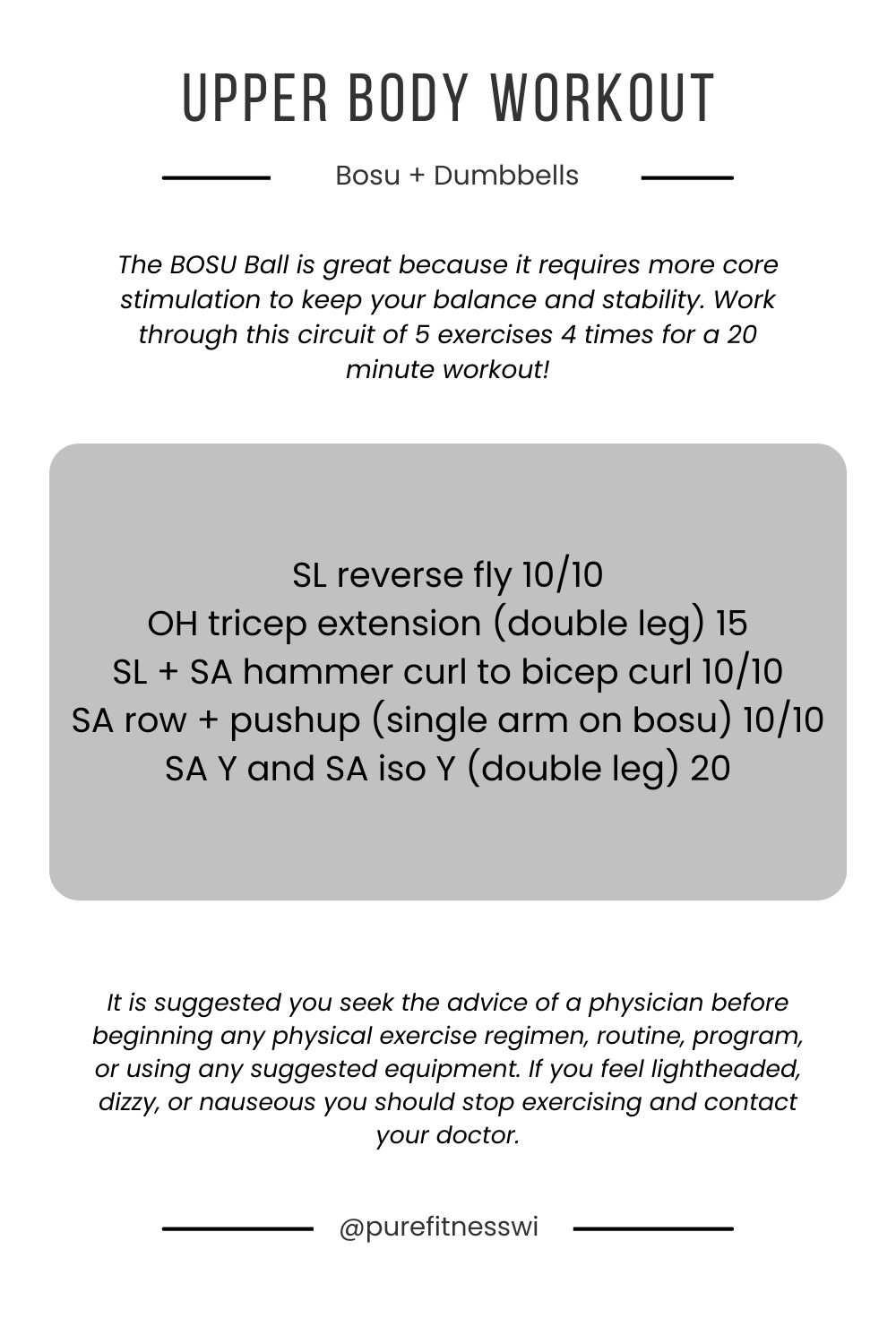
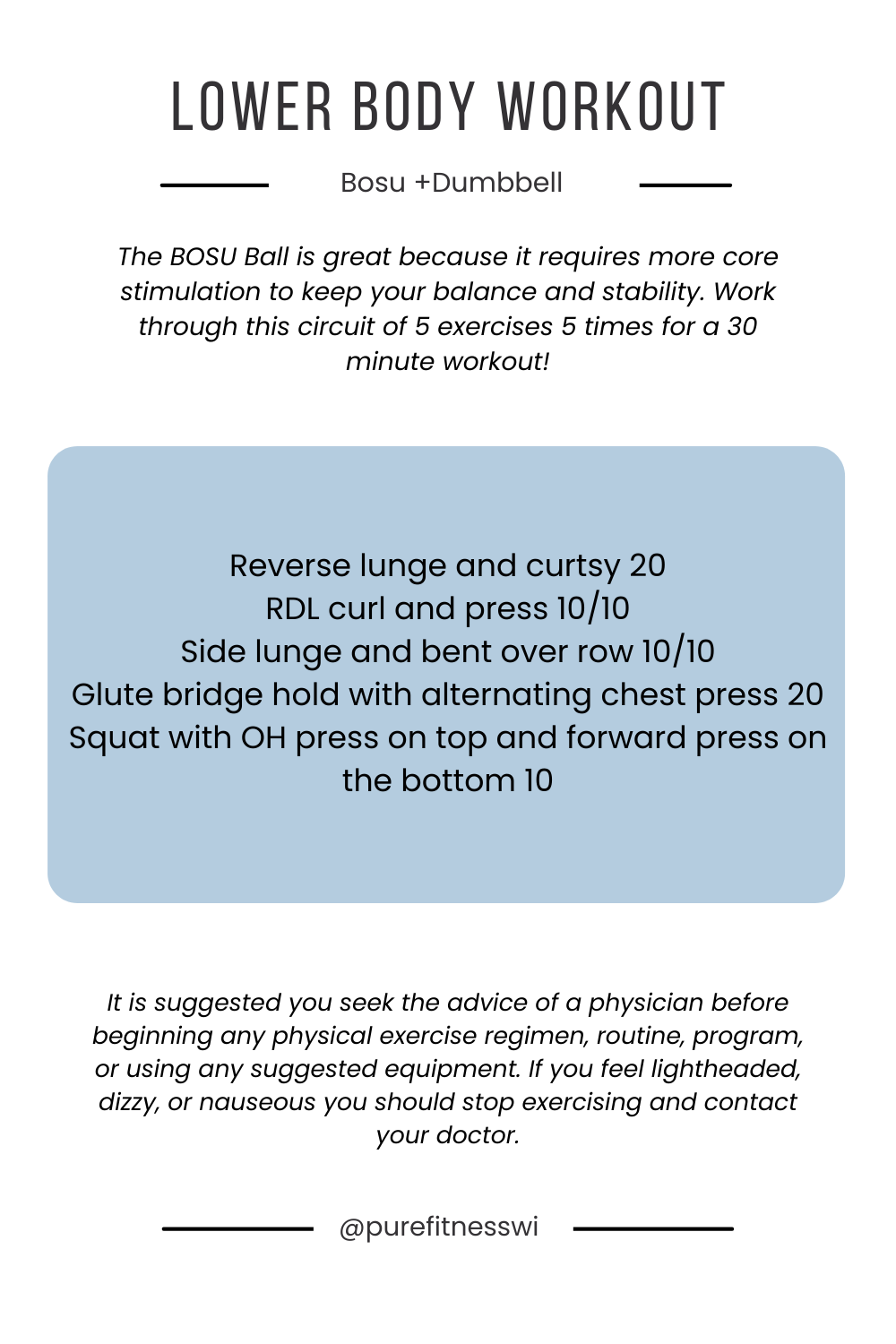
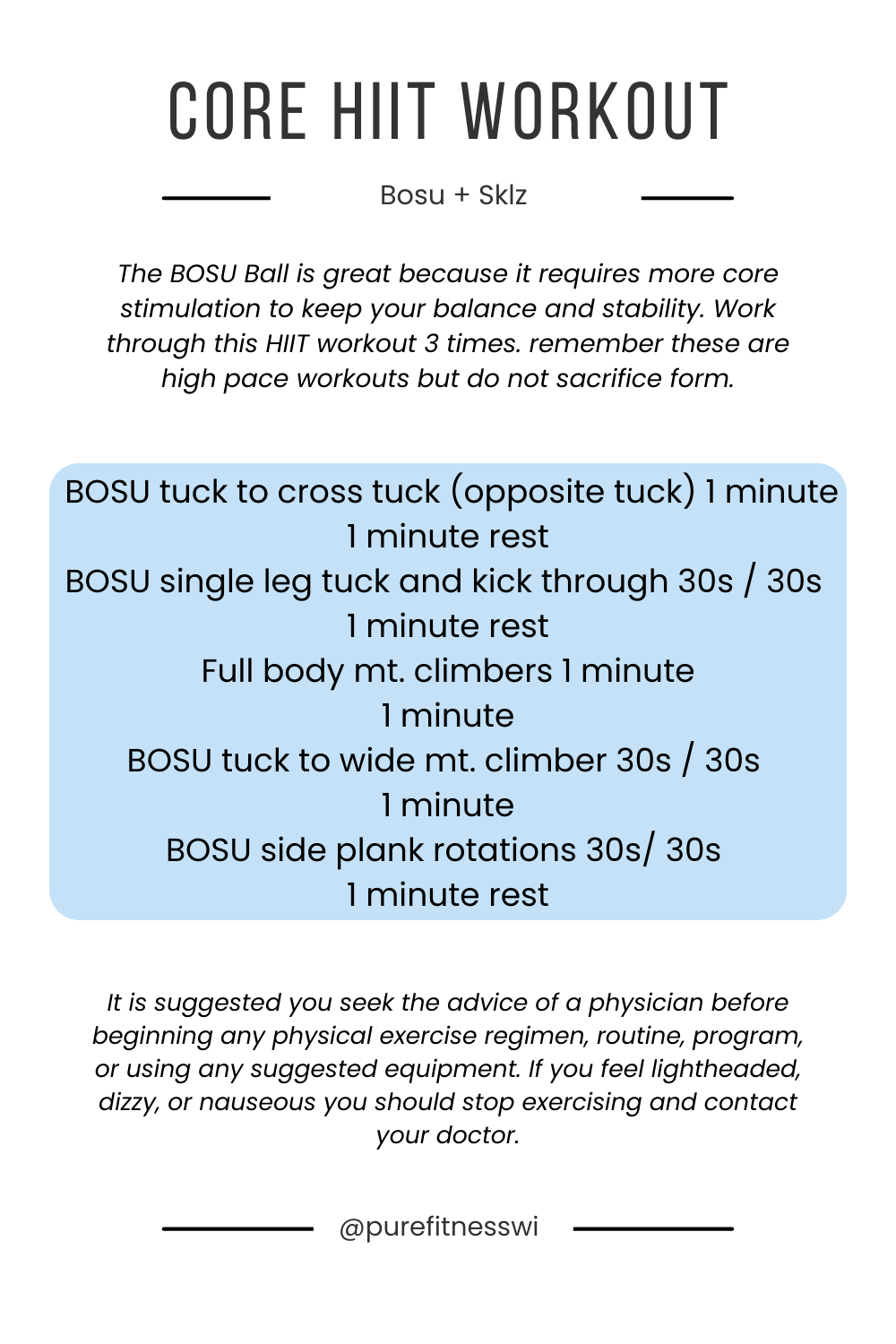
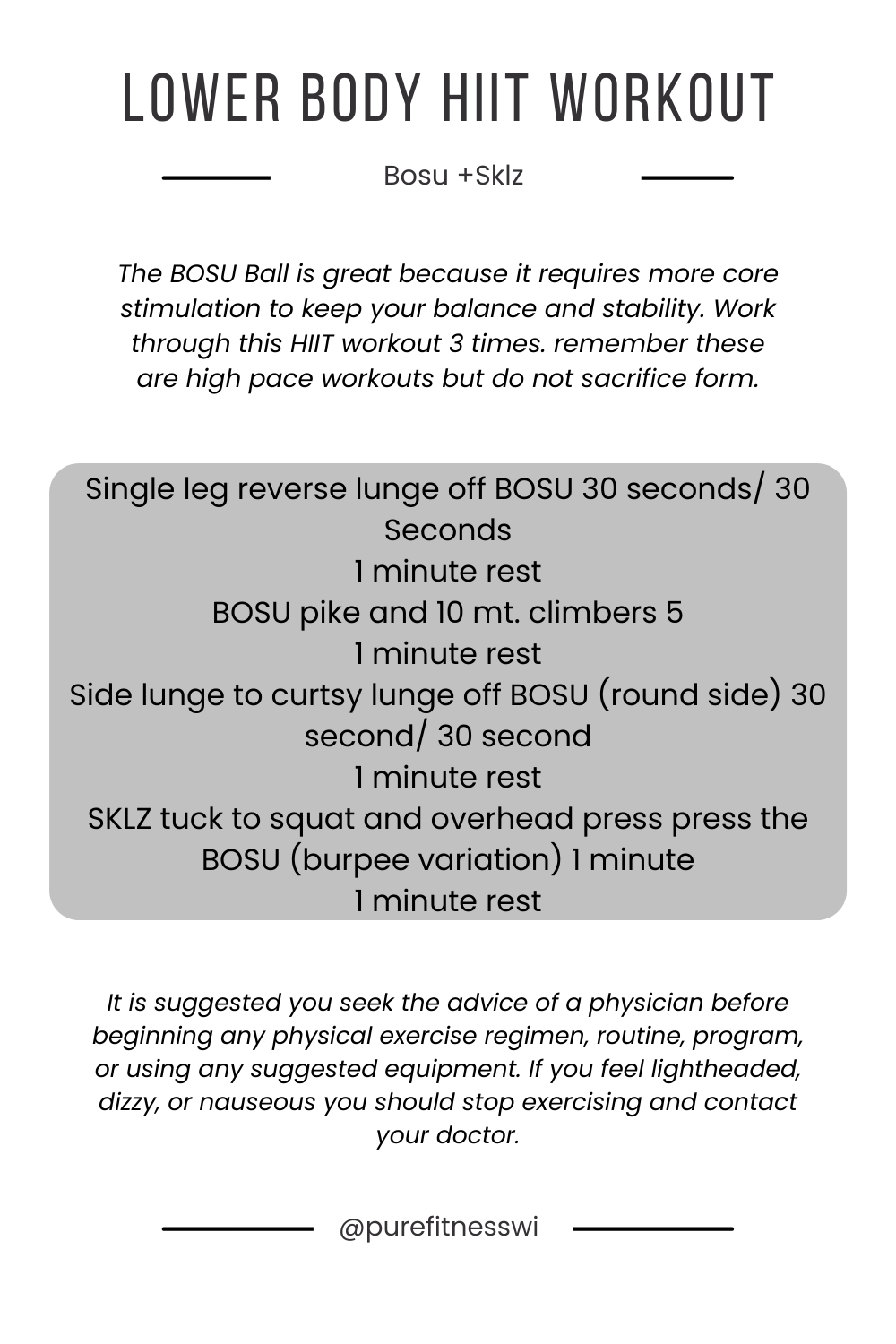
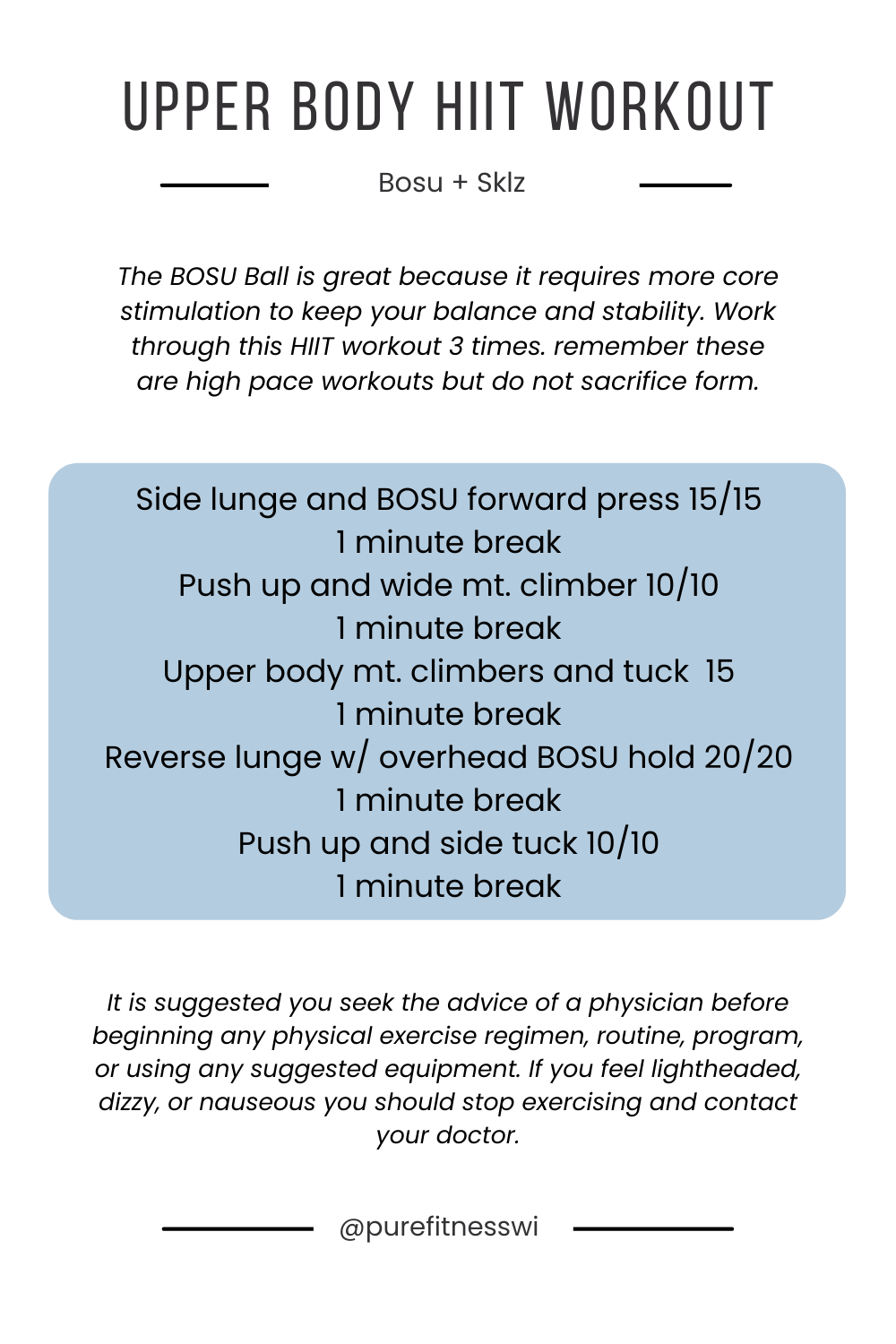
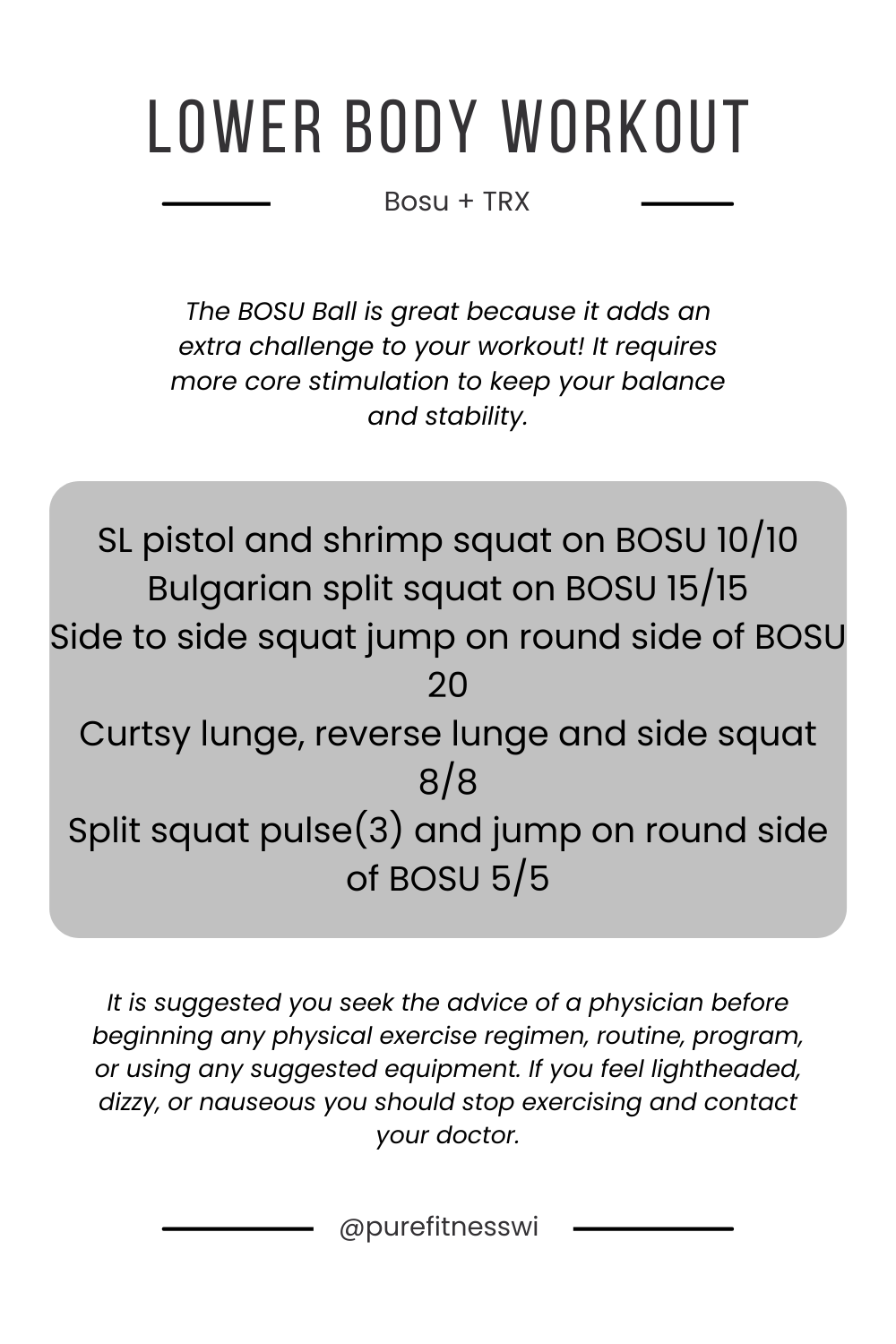
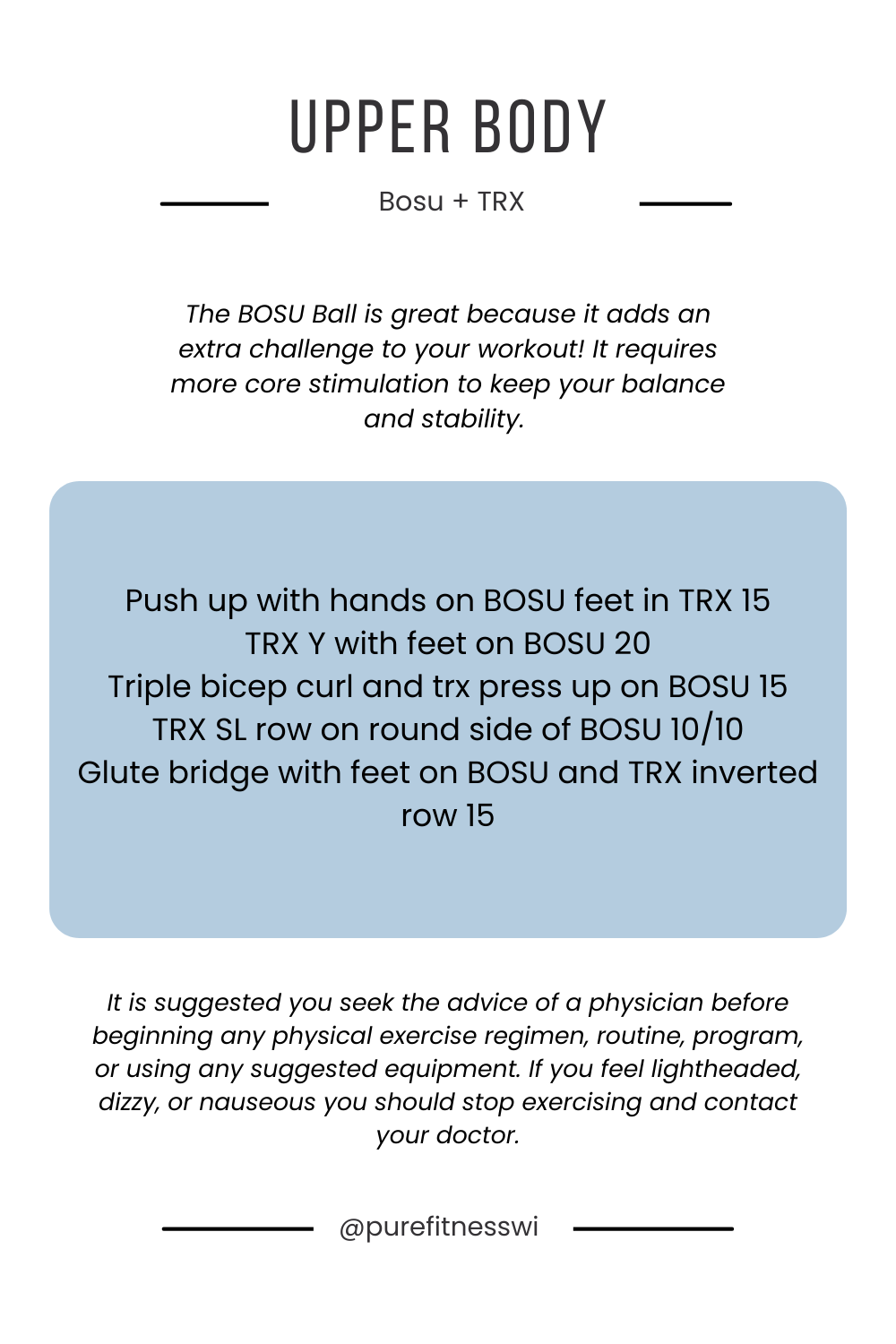
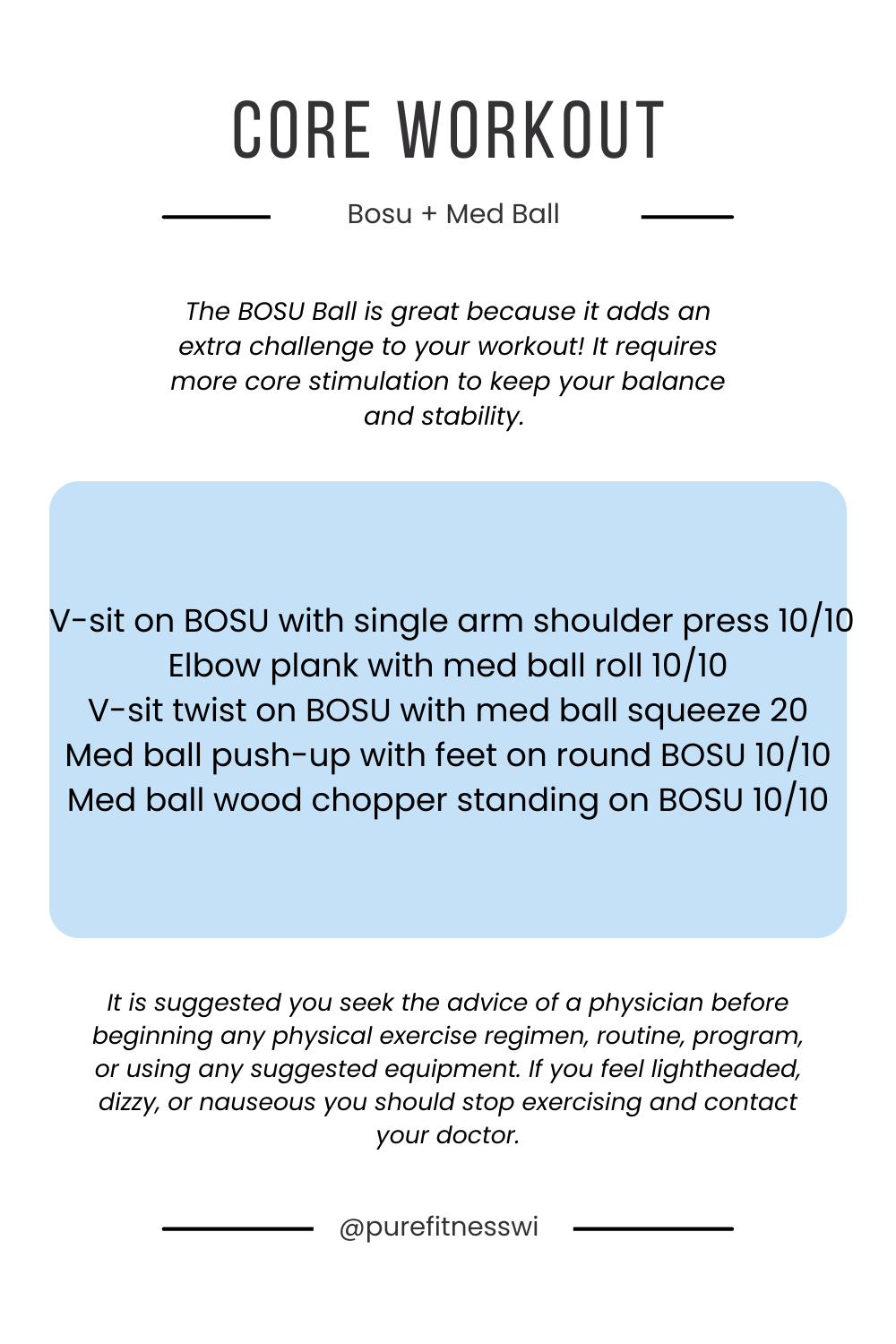
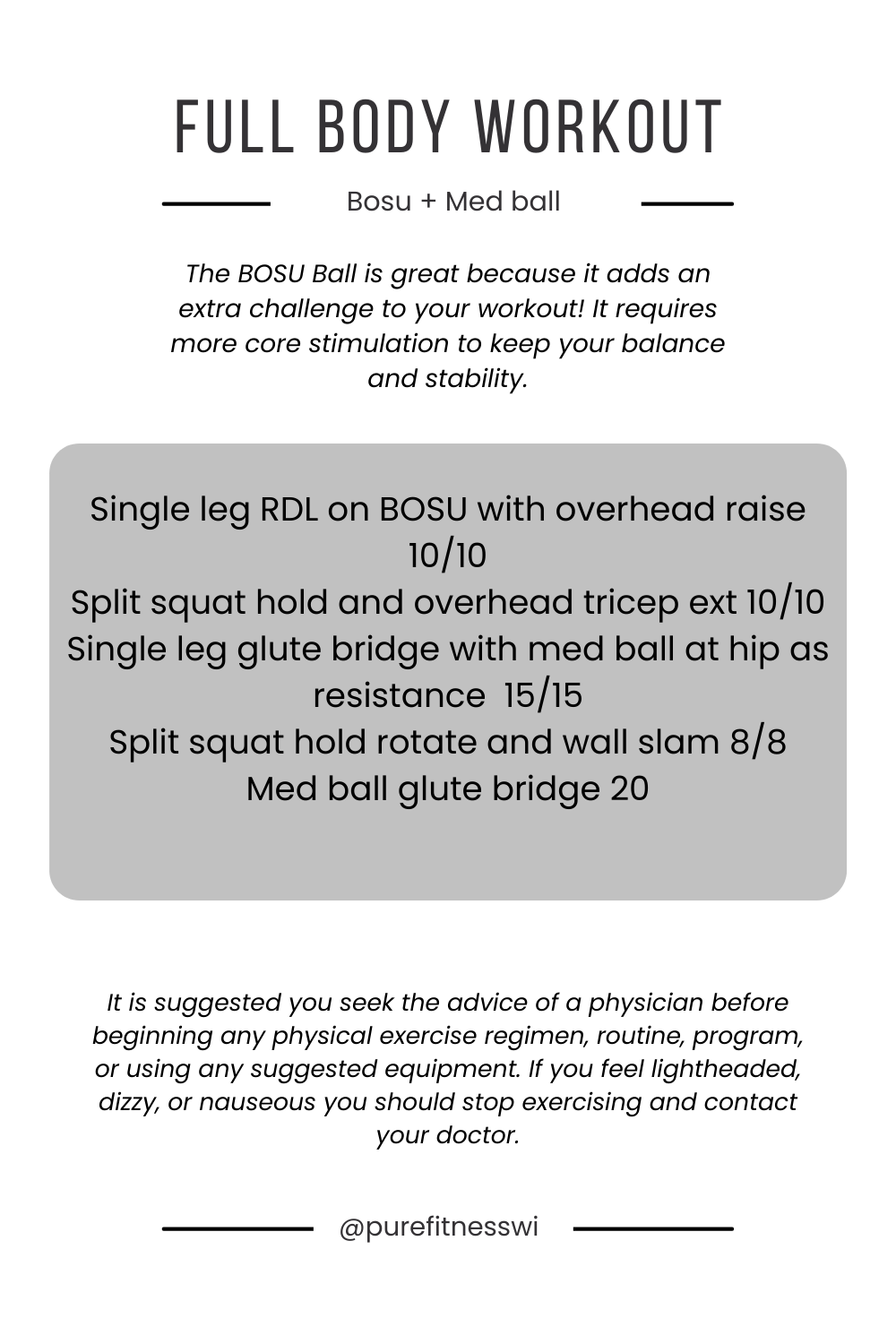
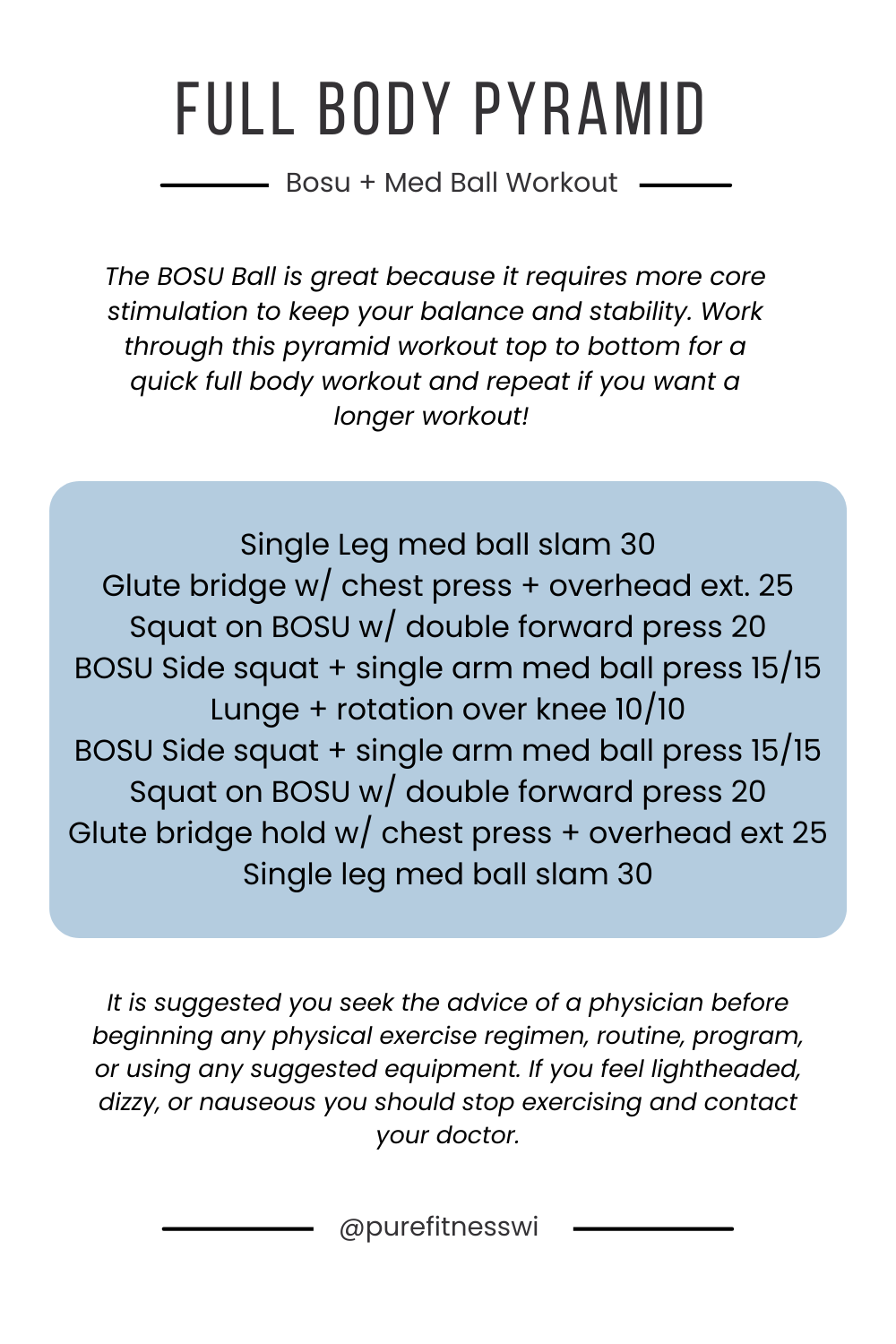
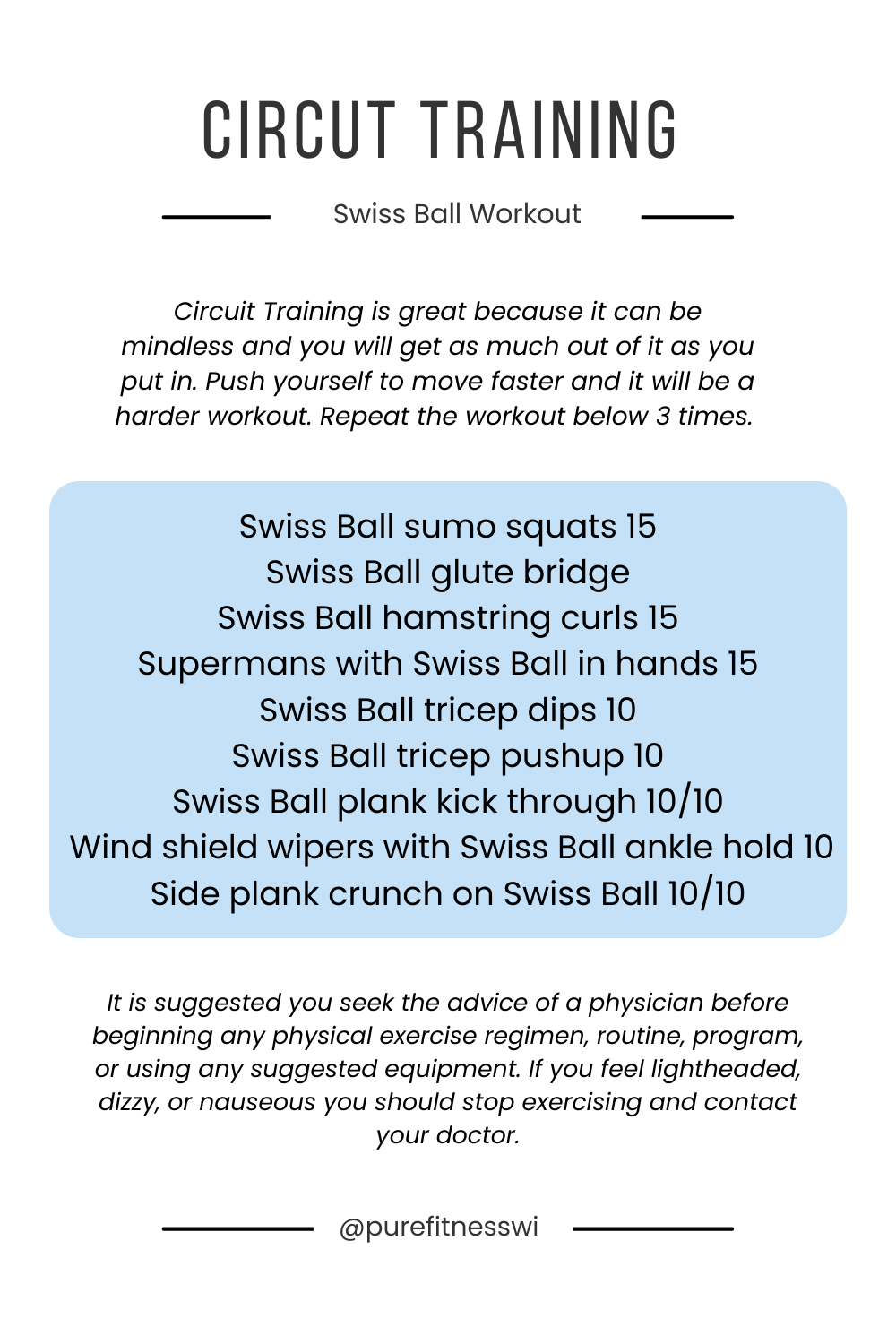
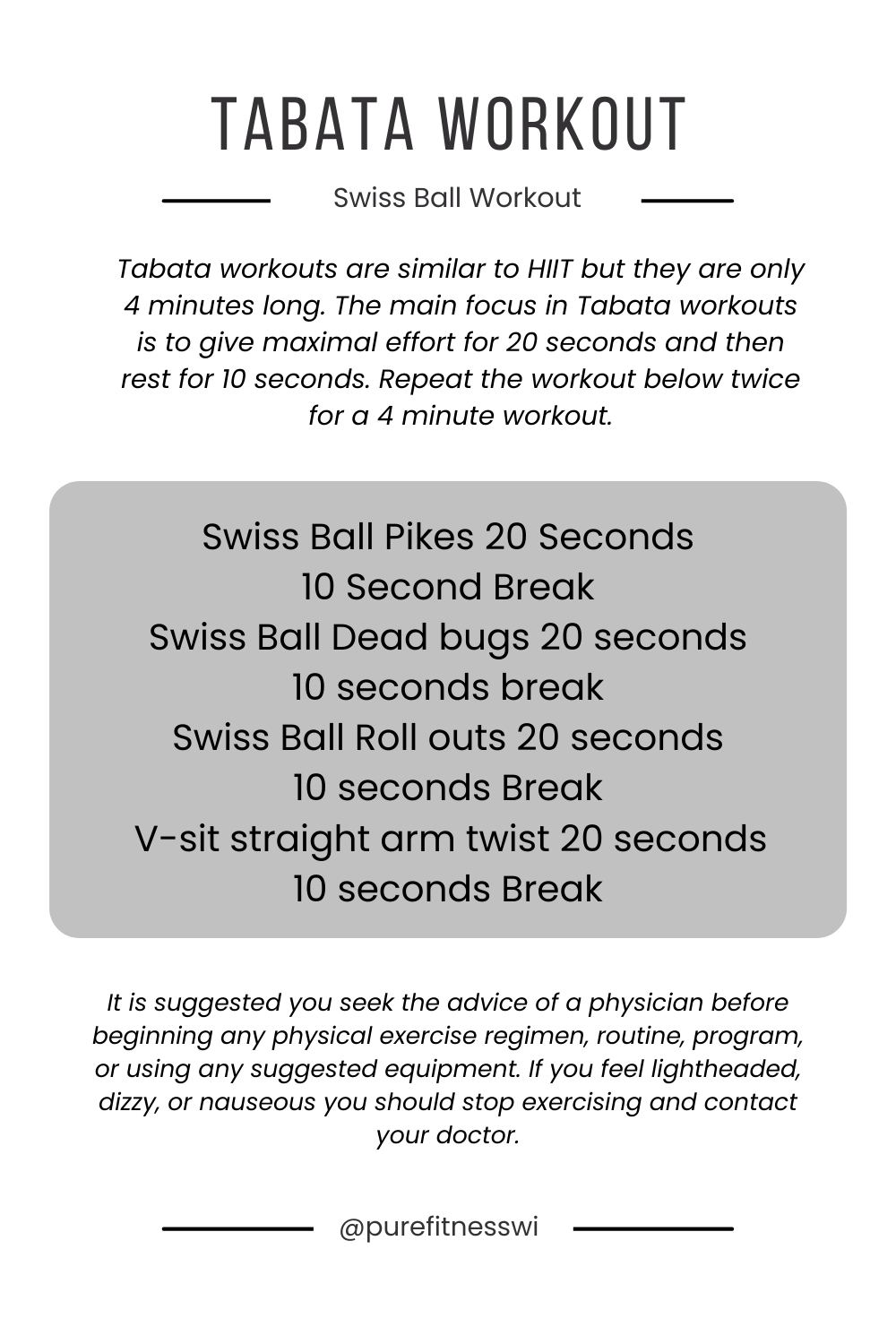
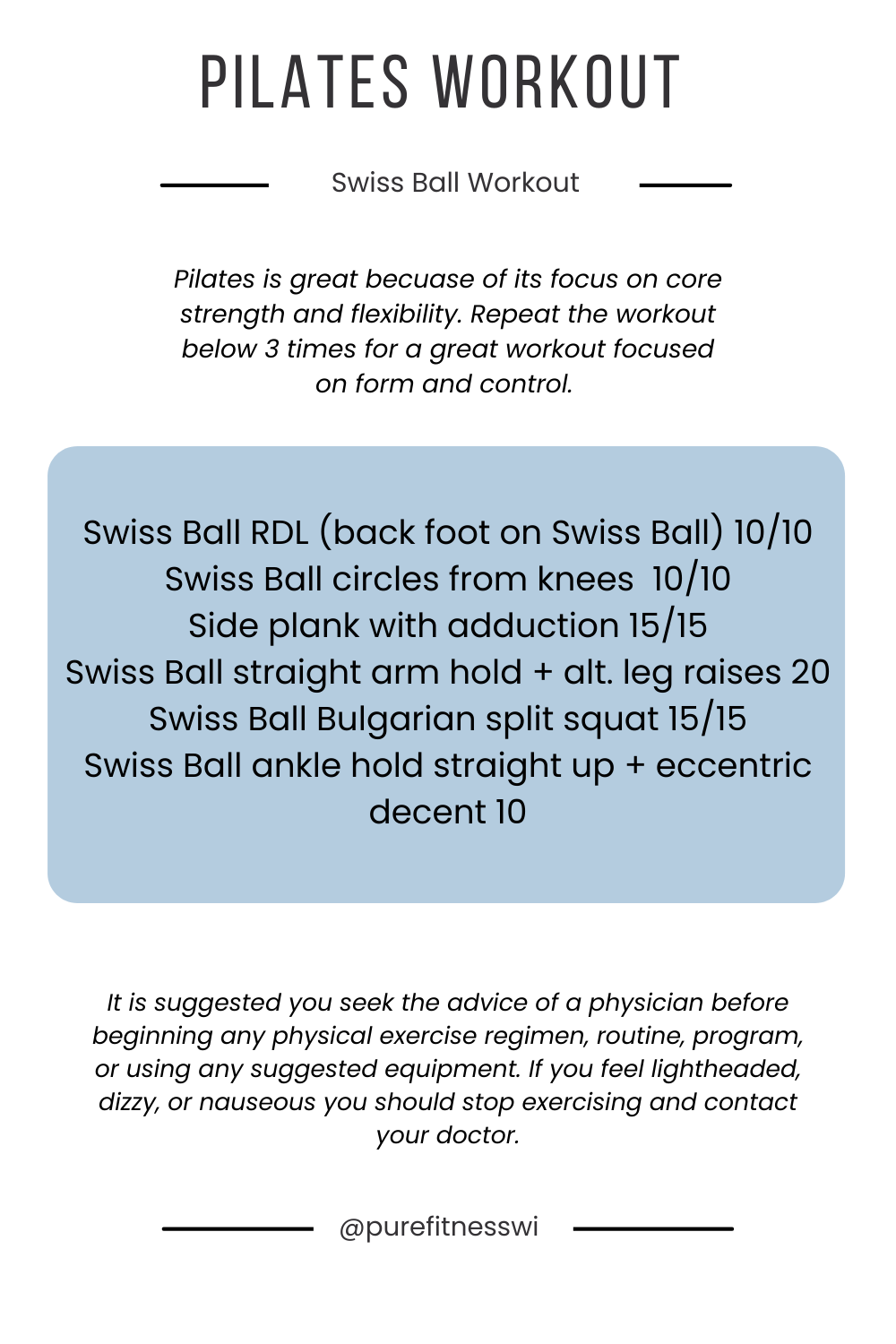
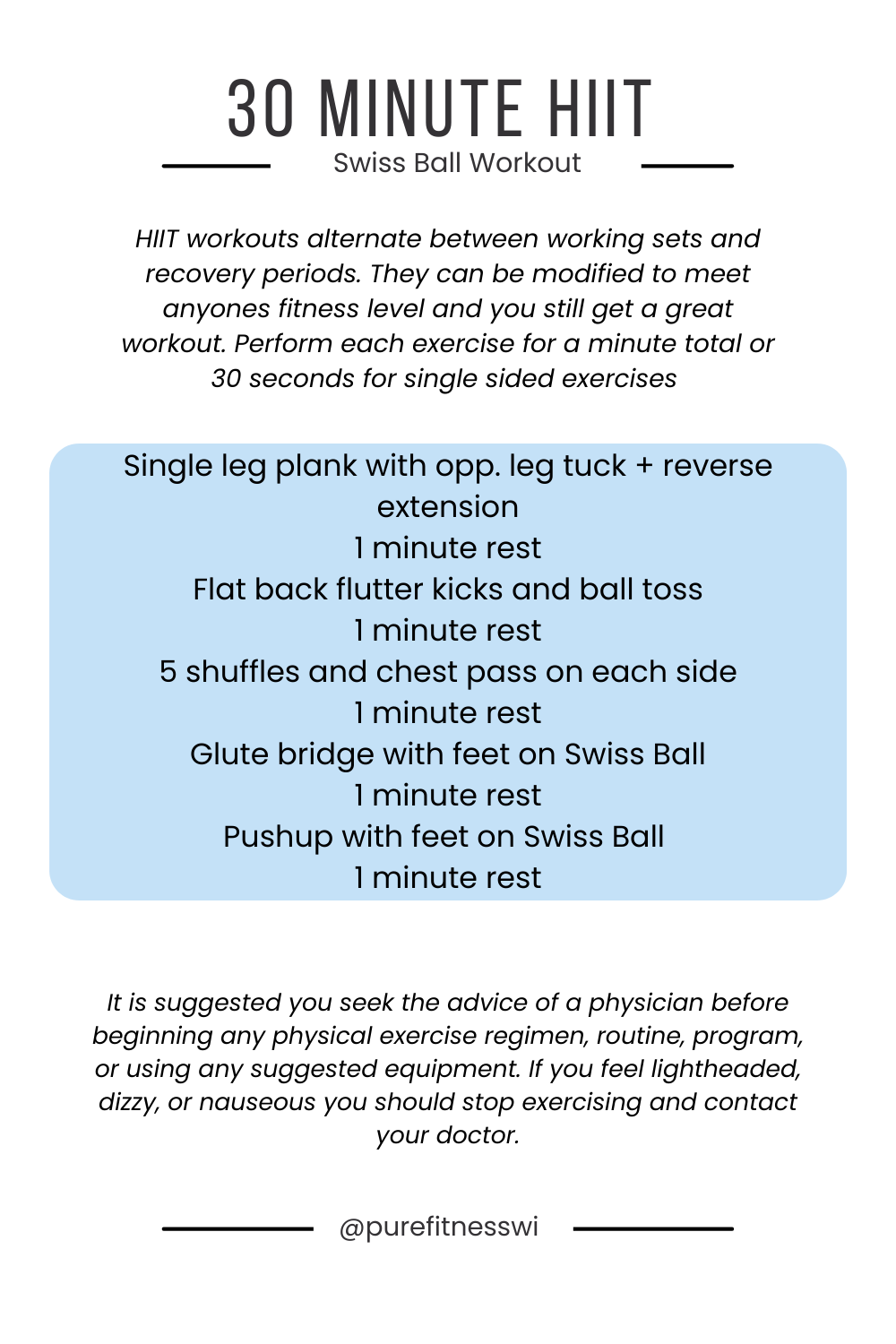

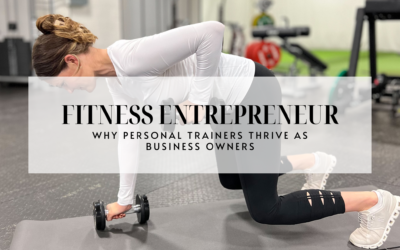
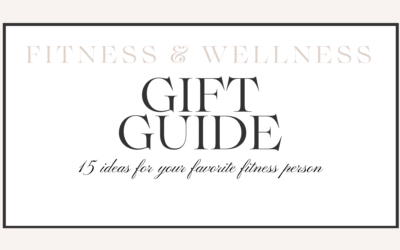
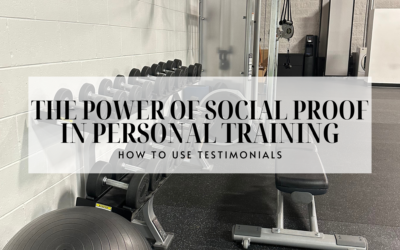




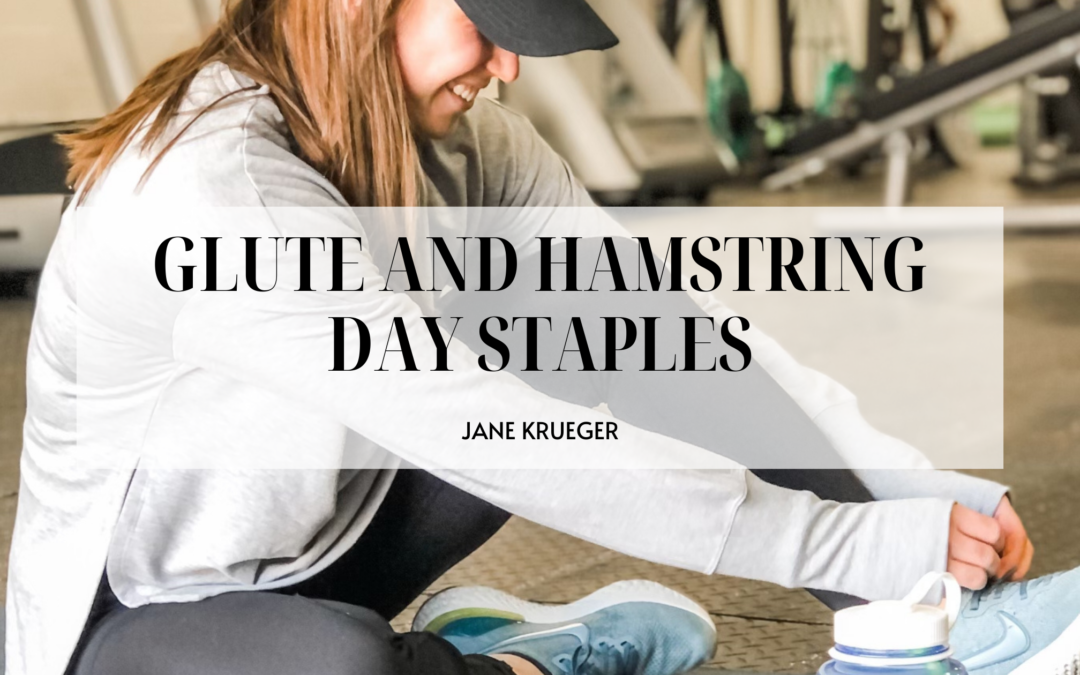
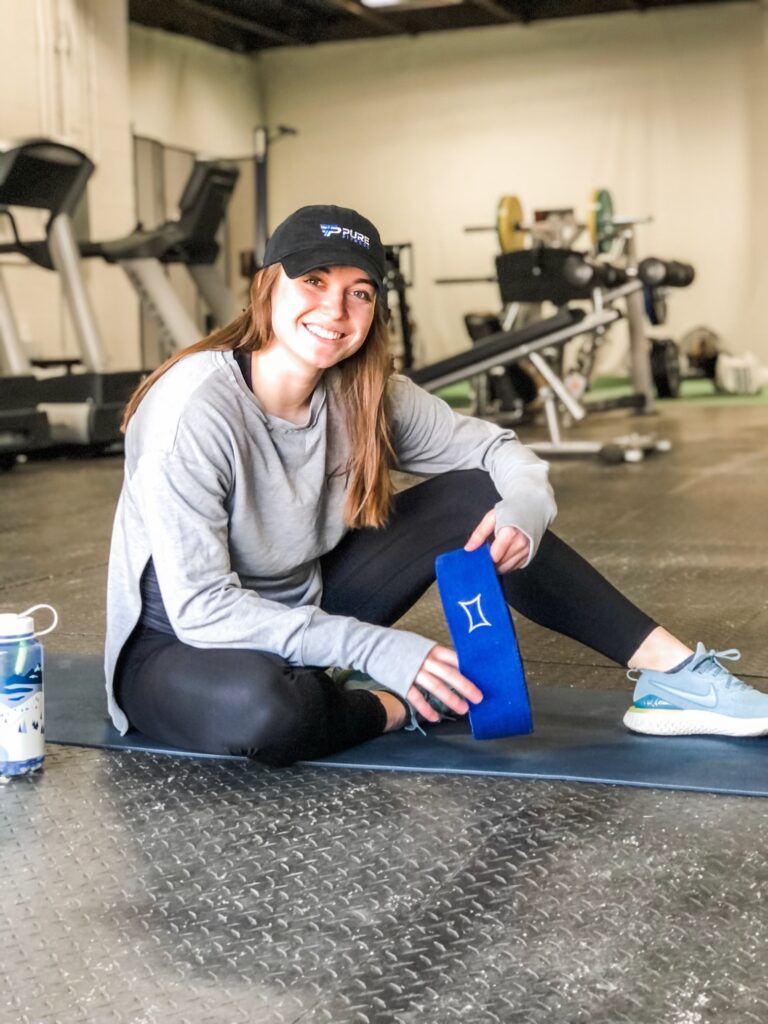
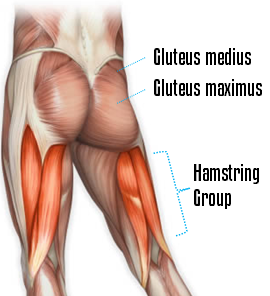 I run into a lot of clients who have difficulty activating their glutes which can lead to muscular imbalances (due to compensation) and tightness. Establishing a program that focuses on proper glute engagement, stability and then strength will allow you to achieve more. From allowing you to lift more weight, to running faster or longer, to daily tasks like cleaning and gardening.
I run into a lot of clients who have difficulty activating their glutes which can lead to muscular imbalances (due to compensation) and tightness. Establishing a program that focuses on proper glute engagement, stability and then strength will allow you to achieve more. From allowing you to lift more weight, to running faster or longer, to daily tasks like cleaning and gardening.